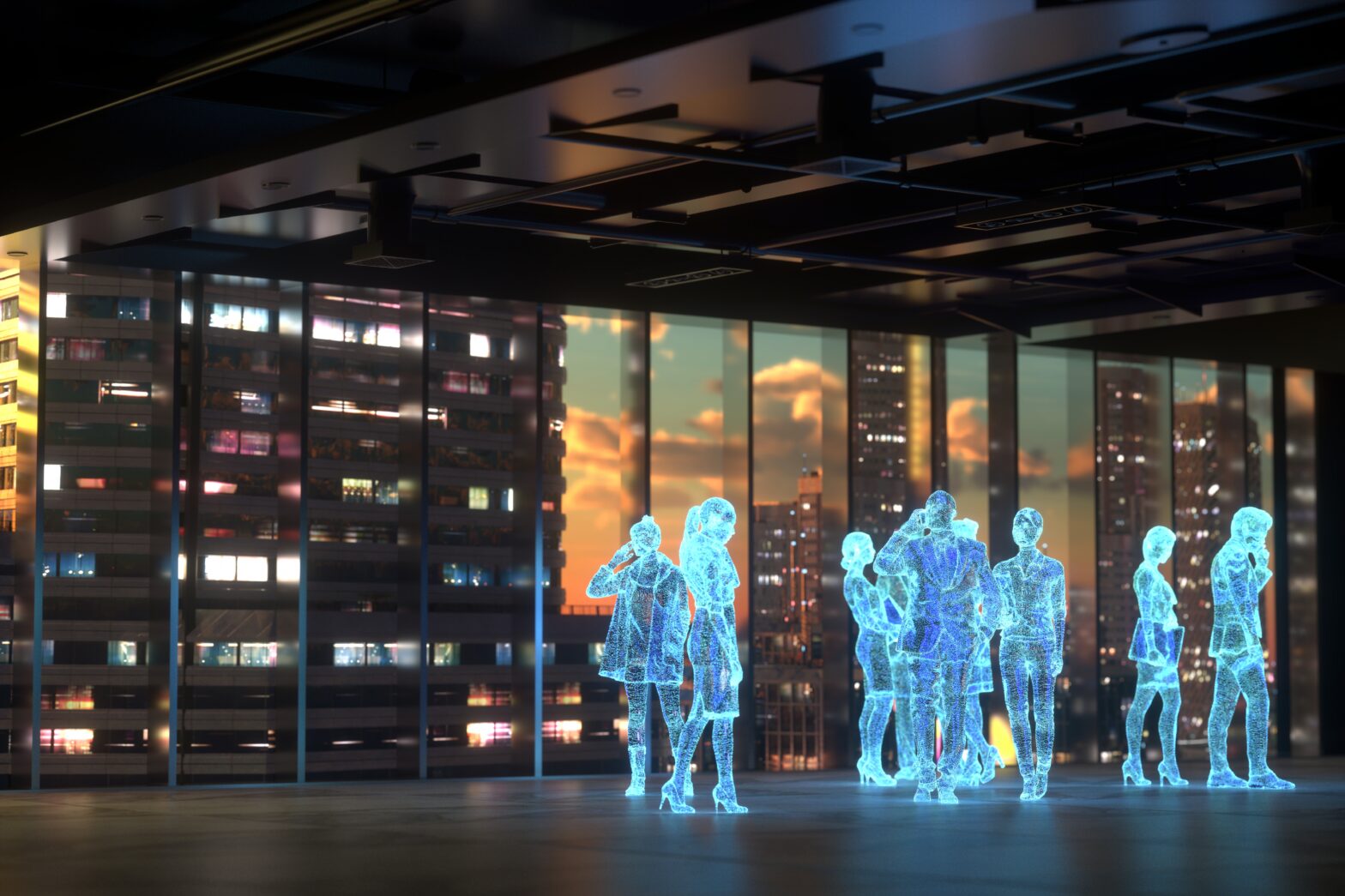It is incredible how far we’ve come with virtual reality (VR), moving from an experimental plaything to a serious business tool with measurable benefits. The technology is expected to give a £14.6 billion boost to GDP in the UK by 2030, and innovators are developing solutions to help boost the adoption of VR in enterprise settings. As the market matures, we will soon see VR as an essential tool for business to become smarter and more efficient.
Content creation in VR
With advanced hardware and a maturing landscape, the final barriers to broaden VR adoption are set to fall. Among these is content creation. Previously, where some companies didn’t feel sufficiently confident, didn’t have the in-house skills, or couldn’t find the right partner to develop engaging content, the situation is changing. Innovators in software design continue to emerge, contributing to the creation of platforms that are scalable and easy to develop for.
This is the start of an imminent transition for the development of VR content – ensuring that it can be easily adapted, re-used and improved both in-house by the companies that need this, as well as by third parties. Additionally, the number of providers offering specialist VR-focused services are growing, which will soon enable businesses to take advantage of VR content without needing to invest in the development of content itself. For example, British car manufacturer, Jaguar Land Rover has been developing new vehicles in VR environments that allow designers and manufacturers to visualise vehicles in 3D.
For enterprises still ‘on the fence’ due to content development challenges, those that remain open to the opportunities that VR offers can significantly cut costs in the long-term. By integrating VR technology into processes such as training, the cost and inconvenience of creating physical training environments can be significantly reduced, if not eradicated completely. For example, Osso VR is a surgical training platform that uses immersive VR technology for practicing surgeons and medical students. The likes of the Newcastle Surgical Training Centre in the north-east of England is using Osso VR’s technology to train surgeons on difficult surgical procedures so they’re prepared for the real-world situations.
Driving value from immersive technologies
Deploying devices
A degree of growth and adoption will come from VR hardware and content providers working with organisations to help them envisage the way VR can completely transform their business. This will help further shift the perception of VR hardware from a nice-to-have to an essential business tool offering tangible ROI – potentially at some point becoming as essential as laptops, printers and servers.
In a hybrid workplace, for example, could VR be deployed more widely to maintain the sense of intimacy and interaction that employees used to have in the office? Could we present virtual worlds to employees to reduce the air travel to international events? We’re already seeing VR used in flight simulators to train pilots and to help people practice public speaking. These are ideas that businesses can start to explore, while investigating which hardware to use and from which provider.
More than a gaming device
Many people associate VR with gaming, particularly because of the success of consumer products attached to games consoles and PCs. As a result, some businesses will ask: why should I invest in entertainment technology when there are other higher priority areas that require more urgent spend?
The truth is that VR is not far off becoming an essential tool for helping businesses to become smarter and more efficient in the way they train staff. For example, vocational training provider Mimbus uses VR training for a range of skills including carpentry, construction, decorating, electrical engineering, and food processing. Working with HP VR hardware, the immersive nature of VR removes the pressures of getting things wrong in real life and increases confidence when it comes to performing skills on the job. This solution can help businesses significantly cut training costs.
VR can also help businesses to communicate with clients and design new products and services. In fact, in a sales and marketing capacity, studies have shown that customers have a 25% higher level of focus when in a virtual space, showing that VR is a great way to capture customers’ attention. Alongside biosensors and AI, VR could be used in the future to test how drivers feel about a new car interior before it has been built, or improve the outcome of virtual meetings and collaboration by capturing the nonverbal cues of participants. Certainly, this technology could also take gaming to the next level, but the implications for business is perhaps more significant.
How to sell mobility online
Refresh rates and resolution
Some people report motion sickness when using VR, which is usually caused by images that are not refreshed quickly enough. This tends to happen more with VR headsets that fail to deliver sufficient detail in the image quality and is therefore a relevant issue for the success of virtual reality technology.
The answer is high resolution graphics and high refresh rates, and that is mostly found in hardwired VR hardware. The engine room of a powerful VR headset is the PC it’s connected to. There are standalone headsets that have gained traction, but the most immersive and accurate experiences are still created when there’s a PC attached. It can deliver more power without adding weight and discomfort to the headset and can be upgraded on a separate cycle to the headset when needed. Sharper images don’t just reduce motion sickness though, they also mean that text is easier to read and engage with, making training materials more vivid and conducive to being delivered in virtual worlds.
VR represents a revolution in computing, and we get very excited about the technology under the hood that brings the latest devices to the market. But it is when the hardware is paired with data and analytics – as well as the creativity of the content creators and businesses who deploy it – that we see the direction that VR will take us. This is a journey that we’re embarking on together, and the good news is we’re already seeing hardware released today that is breaking ground and preparing us for new ways of working tomorrow.











